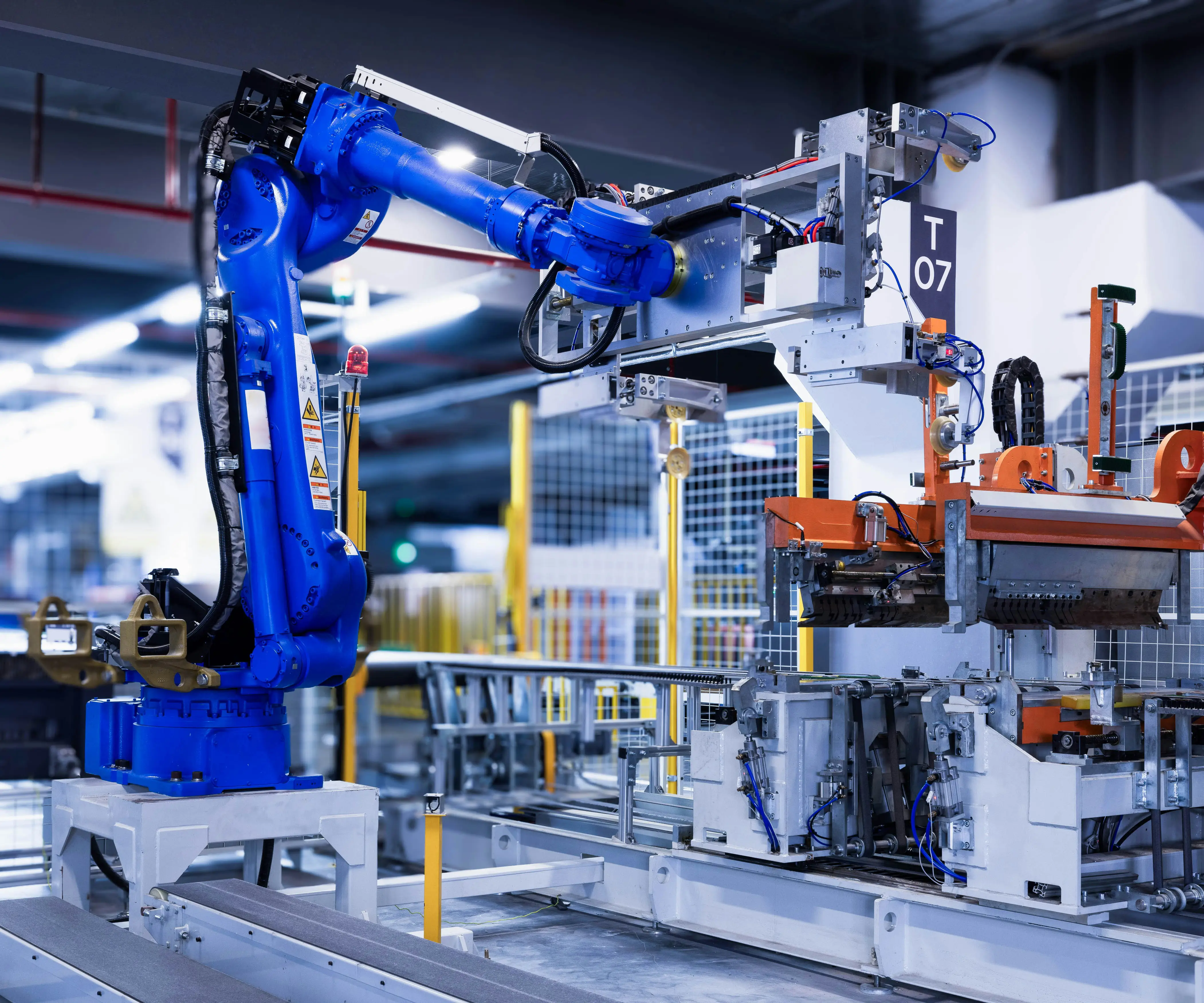Introduction: Unlocking the Power of Servo Motors with Arduino
Imagine a world where your DIY projects can move with precision and grace—whether it's a robotic arm reaching out to pick up objects or an automated camera that follows a subject’s face. This magic is made possible by servo motors, tiny yet powerful devices that can rotate to specific angles with remarkable accuracy. When paired with an easy-to-use platform like Arduino, servo motors become accessible tools for countless creative applications.

What is a Servo Motor?
At its core, a servo motor is a rotary actuator that allows precise control of angular position. Unlike regular DC motors that just spin freely, servo motors are equipped with a built-in feedback system—often a potentiometer—that helps the motor's internal controller know exactly where the shaft is positioned. This feedback loop enables the servo to turn to a specific angle, hold that position, and respond quickly to commands.
Typically, a standard hobby servo has a rotation range of about 0 to 180 degrees, though some specialized models can spin 360 degrees or more. Their compact size and precise control make them ideal for applications such as robotics, RC vehicles, automated cameras, and even art installations.
Understanding How Servo Motors Work
A servo's operation revolves around a control signal—usually a pulse-width modulation (PWM) signal—that tells the motor what position to adopt. The pulse width determines the angle: a typical servo understands pulses ranging roughly from 1 ms to 2 ms, repeating every 20 ms (or 50 Hz). For example, a 1-ms pulse commands the servo to 0°, a 1.5-ms pulse to 90°, and a 2-ms pulse to 180°.
The internal control circuitry continuously adjusts the motor's position to match the commanded angle, ensuring that the shaft remains steady—even against external forces. This stability is what makes servos ideal for tasks that require fine positioning, such as robotic joints or steering mechanisms.
Getting Started with Arduino and Servo Motors
The Arduino platform simplifies controlling servo motors thanks to its dedicated Servo library. This library abstracts the complexities of PWM signals, letting you write simple code to position your servo with commands like servo.write(angle);.
Before diving into coding, gather your components:
An Arduino board (Uno, Mega, Nano, etc.) A compatible servo motor (e.g., SG90, MG996R) A power supply (preferably 5V, suitable for your servo) Connecting wires and a breadboard
Basic Wiring Guide
Connecting a servo to Arduino is straightforward:
Connect the servo's power (VCC) pin to the Arduino 5V (or external power supply for larger servos). Connect the GND pin to Arduino GND. Connect the control signal pin to a digital PWM pin on Arduino (e.g., pin 9).
Note: Larger servos may draw more current than the Arduino's onboard 5V can supply. In such cases, power the servo from an external 5V power source and connect grounds together to ensure a common reference.
First Test: Moving the Servo with Arduino
Here's a simple code snippet to rotate your servo to 0°, then to 90°, then to 180°, with a pause in between:
#include Servo myServo; void setup() { myServo.attach(9); // Attach the servo to pin 9 } void loop() { myServo.write(0); // Move to 0 degrees delay(1000); // Wait for 1 second myServo.write(90); // Move to 90 degrees delay(1000); // Wait for 1 second myServo.write(180); // Move to 180 degrees delay(1000); // Wait for 1 second }
Upload the code, and watch your servo move smoothly between positions.
Understanding the Code
The code includes the Servo library, which simplifies servo control. It begins with attaching the servo to a specific pin, then repeatedly commands it to various angles with delays. The write() function provides an intuitive way to set position, which the servo then attempts to reach—taking a fraction of a second depending on the servo's speed.
Common Challenges and Troubleshooting
Servo jitter or not moving smoothly: Ensure your power supply can handle the servo's current needs. Using an external power source often helps. Servo jitter even after moving: Check for loose wires or interference. Servo not moving at all: Confirm wiring and code correctness; test with a simple example.
Expanding Your Projects
Once comfortable with basic movements, think about more complex projects:
Creating a robotic arm with multiple joints, each controlled by a servo. Building a camera gimbal that stabilizes footage via servo adjustments. Designing a remote-controlled vehicle with steering controlled by a servo.
Summary of What You've Learned So Far
The basics of servo motor operation and feedback control. How to connect a servo to Arduino. How to write simple code to command servo motions. Troubleshooting common issues.
With this foundational knowledge, you're ready to dive into more advanced control techniques, sensor integration, and creative automation. In the next part, we'll explore techniques for precise control, power considerations, and building a mini project that combines multiple servos for an impressive robotic arm.
Kpower has delivered professional drive system solutions to over 500 enterprise clients globally with products covering various fields such as Smart Home Systems, Automatic Electronics, Robotics, Precision Agriculture, Drones, and Industrial Automation.




































